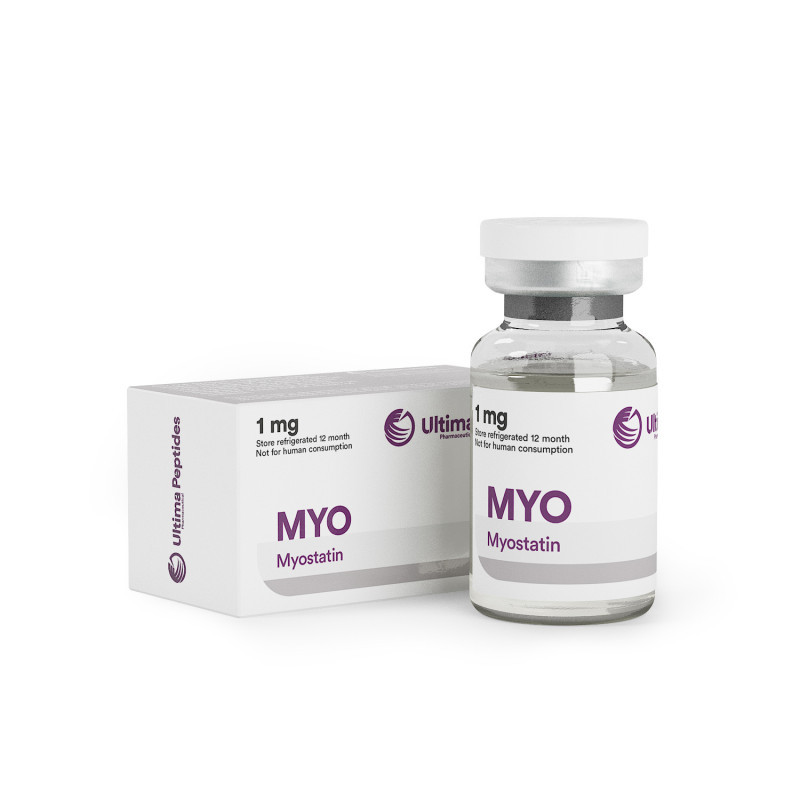


Myostatin acts as a myokine, negatively regulating muscle growth and influencing muscle mass. It binds ActRIIB receptors, activating SMAD2/3 signaling pathways that inhibit muscle proliferation. Myostatin also affects other pathways like Akt/mTOR and FoxO1, reducing muscle hypertrophy and enhancing degradation. Found abundantly in skeletal muscle and regulated by factors like hormones, exercise, and microRNAs, it shows potential as a biomarker for muscle wasting conditions such as sarcopenia, cachexia, and neuromuscular disorders. Despite its promise, inconsistencies in serum myostatin measurements highlight knowledge gaps that require advanced assays and standardized methods.
Baczek, J., Silkiewicz, M., & Wojszel, Z.B., 2020. Myostatin as a Biomarker of Muscle Wasting and Other Pathologies—State of the Art and Knowledge Gaps. Nutrients.
Disclaimer: Information provided it this page is for general information only and does not substitute for professional medical advice.
For detailed information about Ultima-MYO by Ultima Pharmaceuticals, consult with your doctor or healthcare professional.


Baczek, J., Silkiewicz, M., & Wojszel, Z.B., 2020. Myostatin as a Biomarker of Muscle Wasting and Other Pathologies—State of the Art and Knowledge Gaps. Nutrients.

Baczek, J., Silkiewicz, M., & Wojszel, Z.B., 2020. Myostatin as a Biomarker of Muscle Wasting and Other Pathologies—State of the Art and Knowledge Gaps. Nutrients.

Baczek, J., Silkiewicz, M., & Wojszel, Z.B., 2020. Myostatin as a Biomarker of Muscle Wasting and Other Pathologies—State of the Art and Knowledge Gaps. Nutrients.